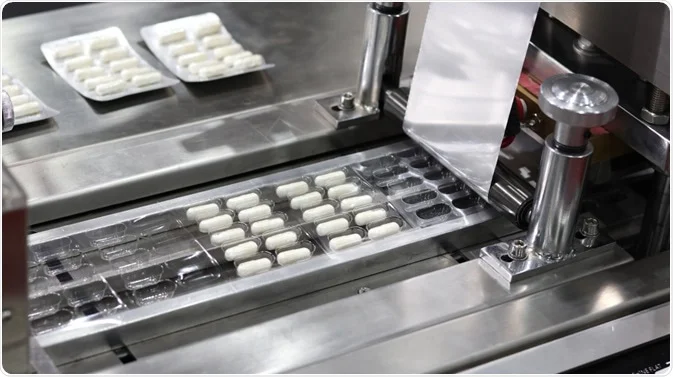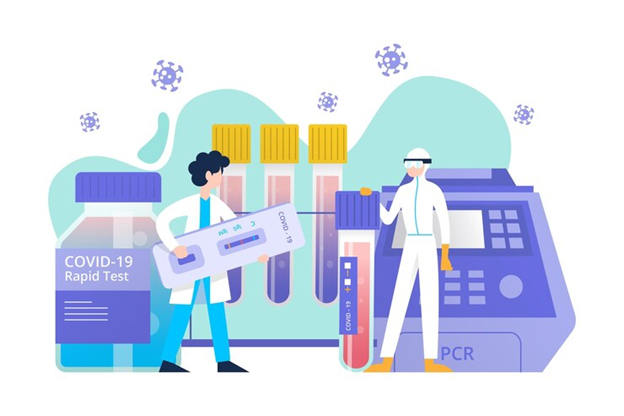The Critical Role of Pharmaceutical Tubes in Medication Packaging and Delivery

In the world of pharmaceuticals, every detail matters. From the precise formulation of drugs to the packaging that safeguards their integrity, the pharmaceutical industry operates under rigorous standards and exacting scrutiny. Pharmaceutical tubes, a seemingly mundane component, play a pivotal role in ensuring that medications reach patients safely and effectively.
The Unsung Heroes of Pharmaceutical Packaging
Pharmaceutical tubes, often made of aluminum, plastic, or a combination of both, are the unassuming vessels that protect medications during storage and transport. Their importance cannot be overstated, as they serve multiple crucial functions:
1. Preservation of Medication:
Pharmaceutical tubes create a protective barrier between the medication and external factors that could compromise its quality. They shield against moisture, air, light, and contaminants, ensuring the stability and efficacy of the drug.
2. Dosage Accuracy:
Tubes enable precise dosage measurements and administration. Whether in the form of creams, ointments, gels, or pastes, these tubes allow for the controlled dispensing of medication, ensuring patients receive the correct amount.
3. Convenience:
Pharmaceutical tubes are user-friendly and convenient. Their portability and ease of use make them ideal for topical medications, and they are particularly favored for over-the-counter products.
4. Tamper-Evident Packaging:
Many pharmaceutical tubes are equipped with tamper-evident features to reassure consumers of the product’s integrity. Such features include induction seals and breakable caps that clearly indicate if the tube has been opened.
Materials: Choosing the Right Tube
Pharmaceutical tubes are typically made from two primary materials: aluminum and plastic. The choice of material depends on the specific requirements of the medication and the intended use of the tube:
1. Aluminum Tubes:
Aluminum tubes are known for their excellent barrier properties, protecting medications from external elements such as oxygen and light. They are commonly used for creams, ointments, and gels. Additionally, aluminum is a sustainable and recyclable material, aligning with the industry’s growing focus on eco-friendly packaging.
2. Plastic Tubes:
Plastic tubes offer versatility and are available in various materials, including polyethylene (PE) and polypropylene (PP). They are lightweight, cost-effective, and well-suited for a wide range of products. Plastic tubes are commonly used for oral gels, lotions, and other topical medications.
Recent Innovations in Pharmaceutical Tubes
The pharmaceutical industry continually evolves to meet the demands of a growing and changing global healthcare landscape. As a result, pharmaceutical tubes have seen several innovations that enhance functionality and sustainability:
1. Child-Resistant Closures:
To improve safety, pharmaceutical tubes now feature child-resistant closures. These closures require a specific mechanism, such as a push-and-twist design, to open, reducing the risk of accidental ingestion.
2. Barrier Coatings:
Coatings are applied to the interior of aluminum tubes to enhance barrier properties. These coatings provide additional protection against external factors that could affect medication stability.
3. Sustainable Practices:
As part of a broader movement towards sustainability, pharmaceutical companies are exploring eco-friendly options for tube production. For instance, some companies have transitioned to recycled and recyclable materials, aiming to minimize their environmental footprint.
4. Specialized Design for Sensitive Formulations:
Medications with specific requirements, such as those sensitive to light or oxygen, benefit from pharmaceutical tubes designed with those needs in mind. Specialized coatings and materials are used to create a protective environment within the tube.
Challenges and Quality Assurance
Pharmaceutical tubes face various challenges and undergo rigorous quality assurance processes to ensure the medications they contain remain safe and effective:
1. Compatibility:
The tube material must be compatible with the medication it contains. Some medications may interact with the tube’s material, affecting their stability or efficacy.
2. Contamination:
Maintaining a sterile environment during the filling process is critical to prevent contamination. Quality control measures are in place to ensure the absence of foreign particles.
3. Regulatory Compliance:
Pharmaceutical tube manufacturers must adhere to strict regulatory requirements, including good manufacturing practices (GMP), to guarantee that medications are packaged correctly and safely.
4. Long-Term Stability:
Tubes are subject to stability testing to assess their ability to preserve the medication’s efficacy over time. These tests help ensure that the medication retains its intended properties.
Conclusion
Pharmaceutical tubes are unsung heroes in the world of healthcare, ensuring the safe and effective delivery of medications to patients around the globe. Their role in preserving medication quality and enabling precise dosing is indispensable. As the pharmaceutical industry continues to evolve, we can expect further innovations in pharmaceutical tube design, materials, and sustainability, all with the overarching goal of providing patients with safe, high-quality medications that improve their well-being.





